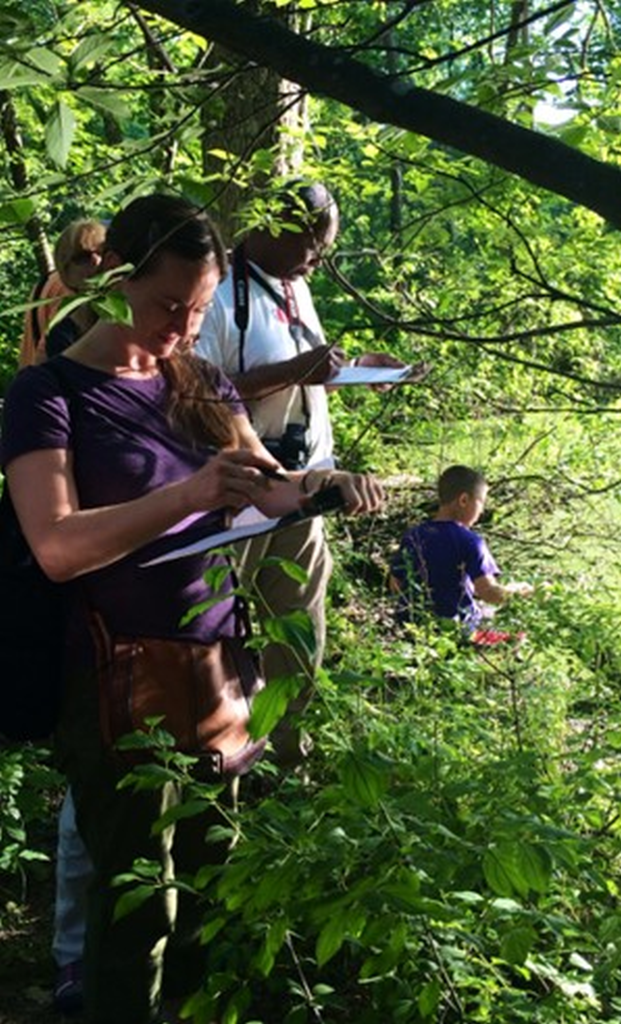The editor’s choice for our August issue is “Citizen science across two centuries reveals phenological change among plant species and functional groups in the Northeastern US” by Kerissa Fuccillo Battle et al. Here, Associate Editor Charles Kwit explains the importance of this research:
While often equated with Henry David Thoreau, phenology and its documentation across space (e.g. latitude) likely owes its existence to the Boston physician Jacob Bigelow much earlier in the 17th century, at the behest of the Rev. Henry E. Muhlenberg (Stoller 1956, Isis, Vol. 47, Iss. 2, pp. 172-181). Further suggestions to accumulate such data over multiple years were provided to Bigelow by none other than Thomas Jefferson himself (ibid.). The rest, some may argue, “is history”, in terms of our modern day conception of the linking of climate and phenological events in space and time, and how studies in this realm have been able to capture coincidence and mismatch in our industrial era climate-changing world. Institutionalization of these efforts in the U.S. began right around this same time in the early 1800s with the recording of climatic and some phenological measures by the U.S. General Land Office and the United States Army (ibid.). The implementation of the Army’s meteorological network was soon followed by in-state efforts, the earliest being that in New York, elements of which are what Fuccillo Battle et al. in their paper “Citizen science across two centuries reveals phenological change among plant species and functional groups in the Northeastern US” have brought to our attention. Their work entails some of the earliest phenological and climatic data gathered across an entire sizable U.S. state to be brought into analyses, with most of the phenological data being measured in the same way as those implemented today.
The study produced several findings of significant importance. First and foremost, numerous tree and shrub species in New York flowered and leafed out more quickly (on average 10.5 and 19 days earlier) in contemporary times (2009-2017), compared to the authors’ newly divulged historical timeframe (1826-1861). Those two phenological measures each year were highly influenced by the immediately preceding January-April temperatures. “Early season” species (i.e. those that flower and leaf out in early Spring as opposed to late Spring), particularly trees, exhibited the greatest advances in phenology from historical to contemporary times, and urban areas showcased the greatest leaf out advances. These findings not only demonstrate the relevance of older and untapped datasets that can be merged with contemporary datasets (e.g. National Phenology Network) to advance the field of plant ecology, but also highlight the role of climatological and phenological data that can shed light on other important interactions (e.g. pollination, herbivory) in future studies. The biological relevance of such huge shifts in phenology in our climate-changing world that Fuccillo Battle et al. have put forward is exactly what the field should be considering.




